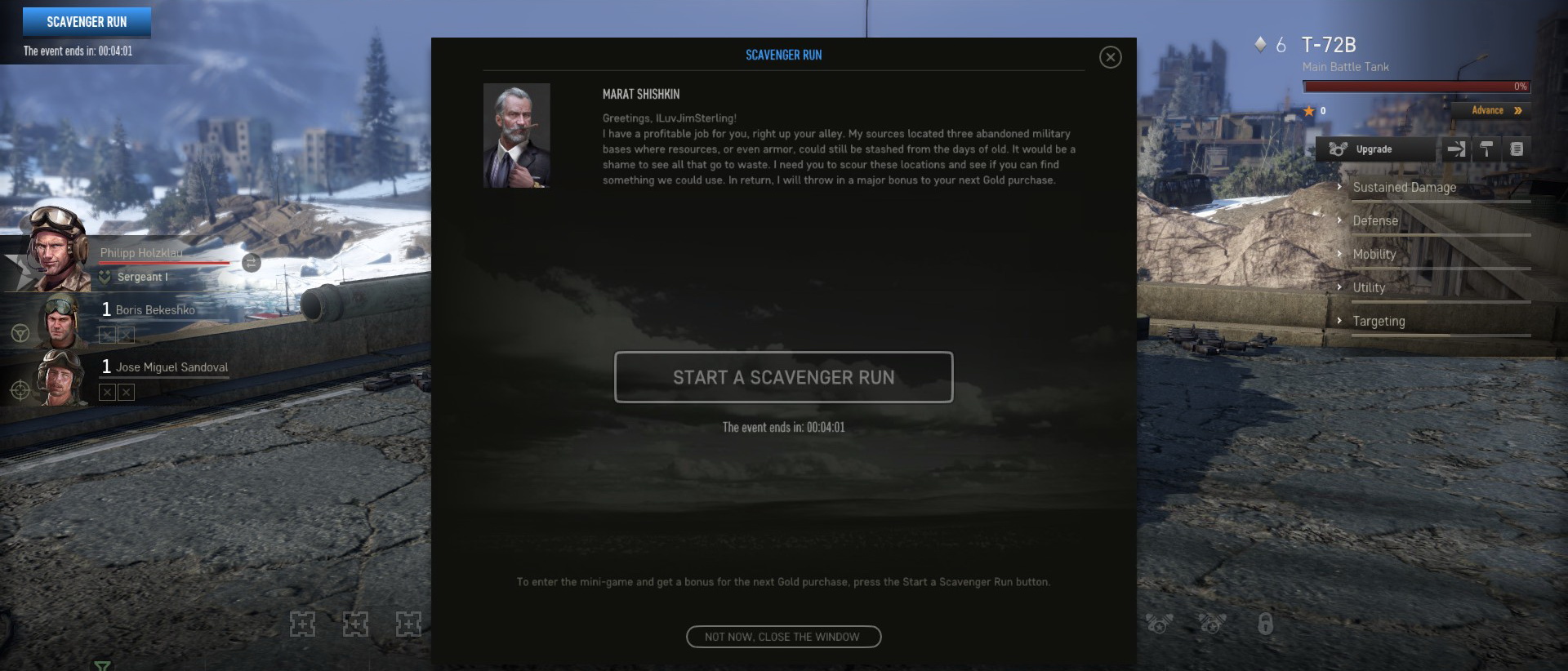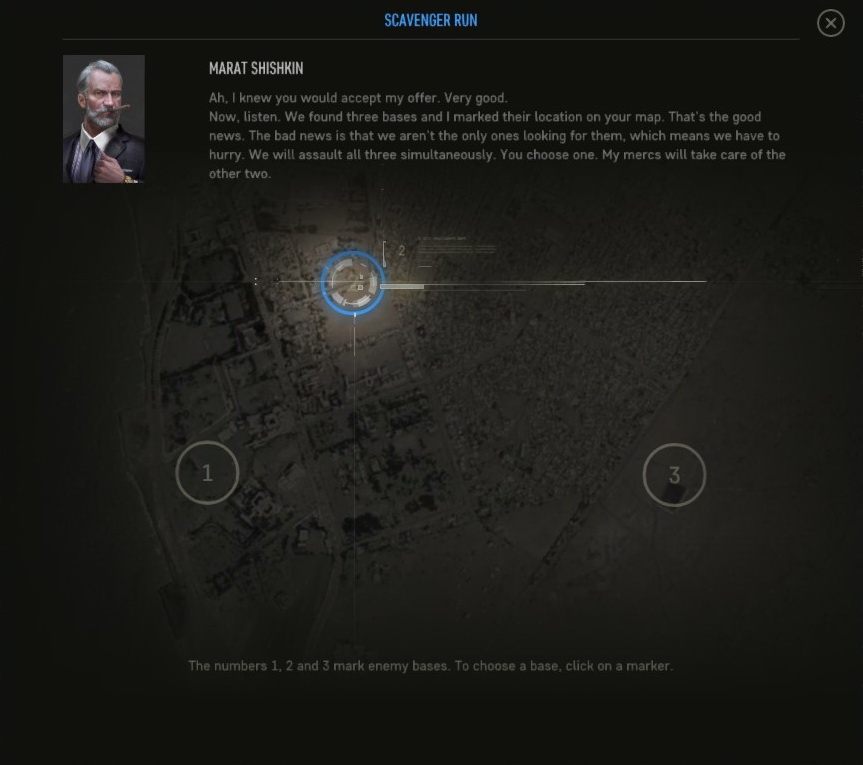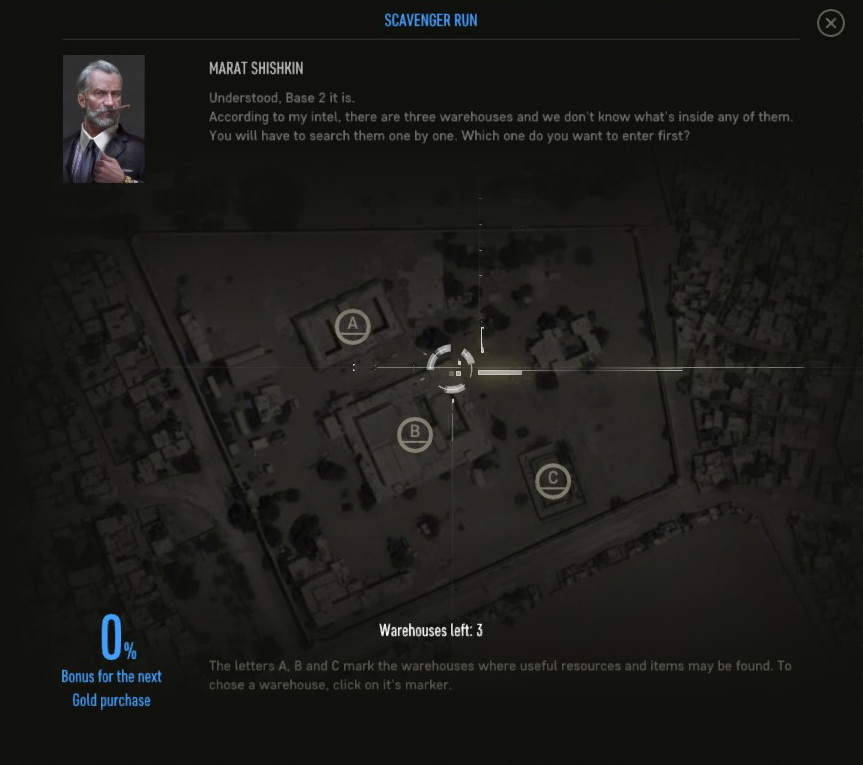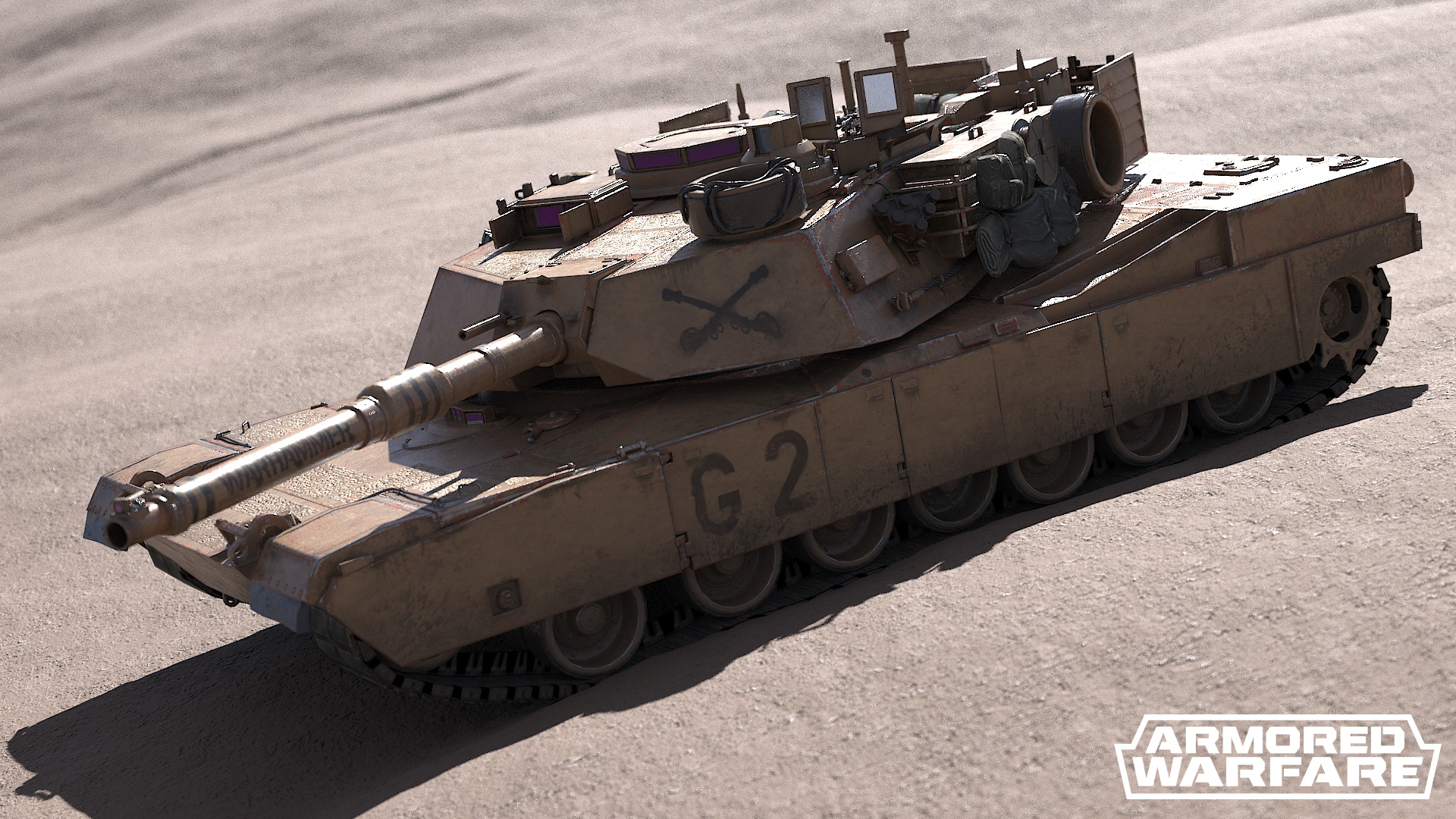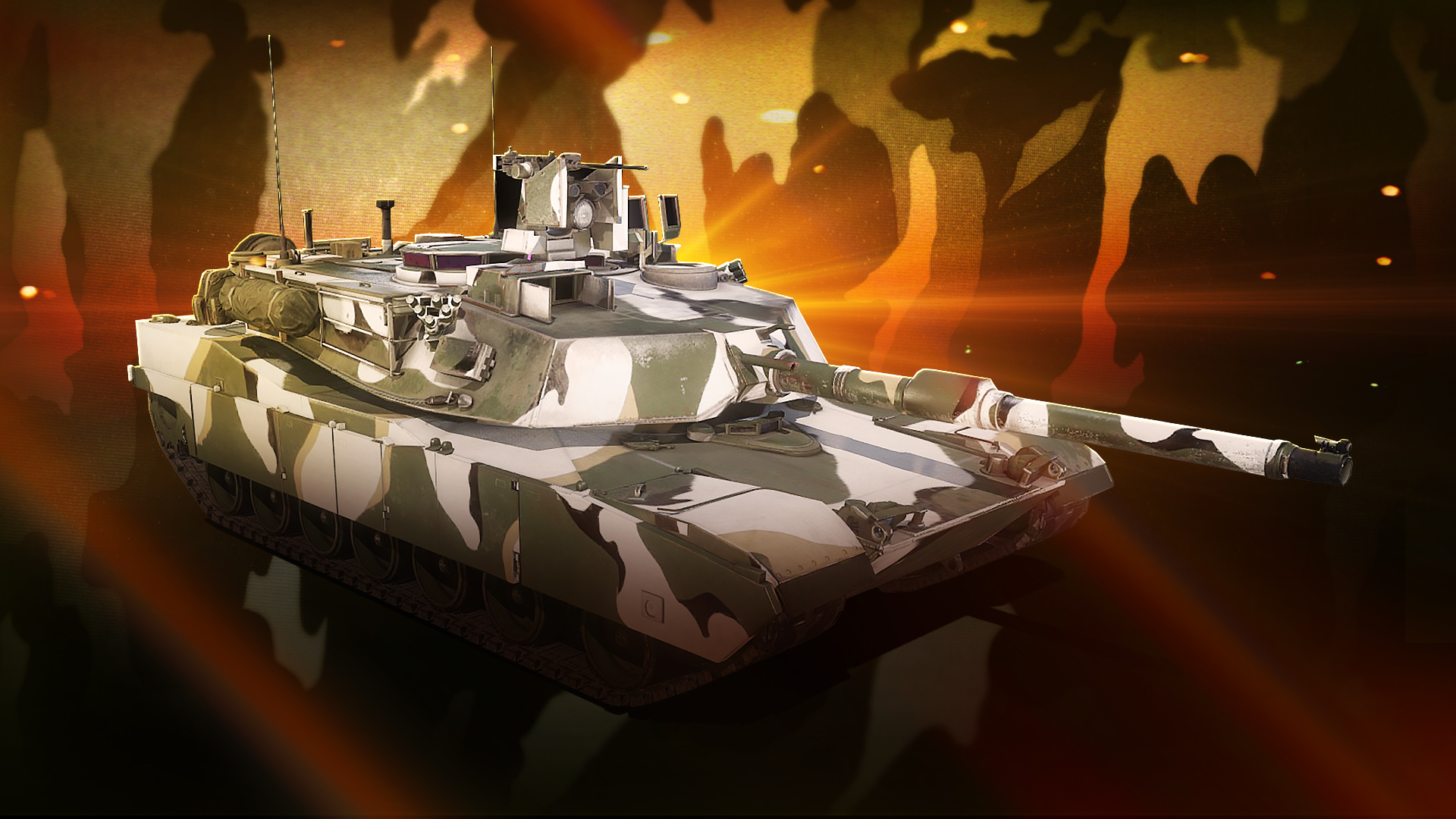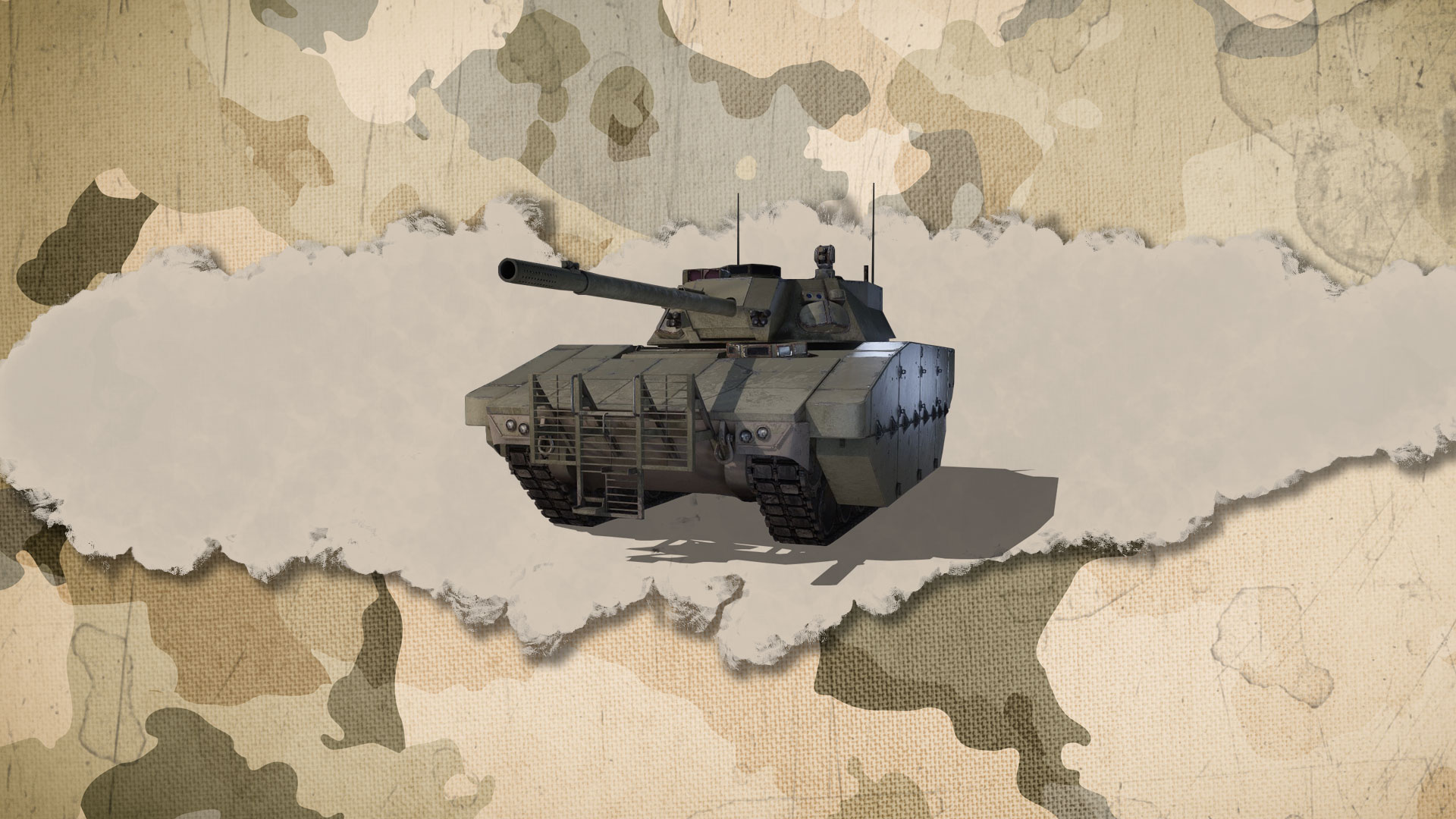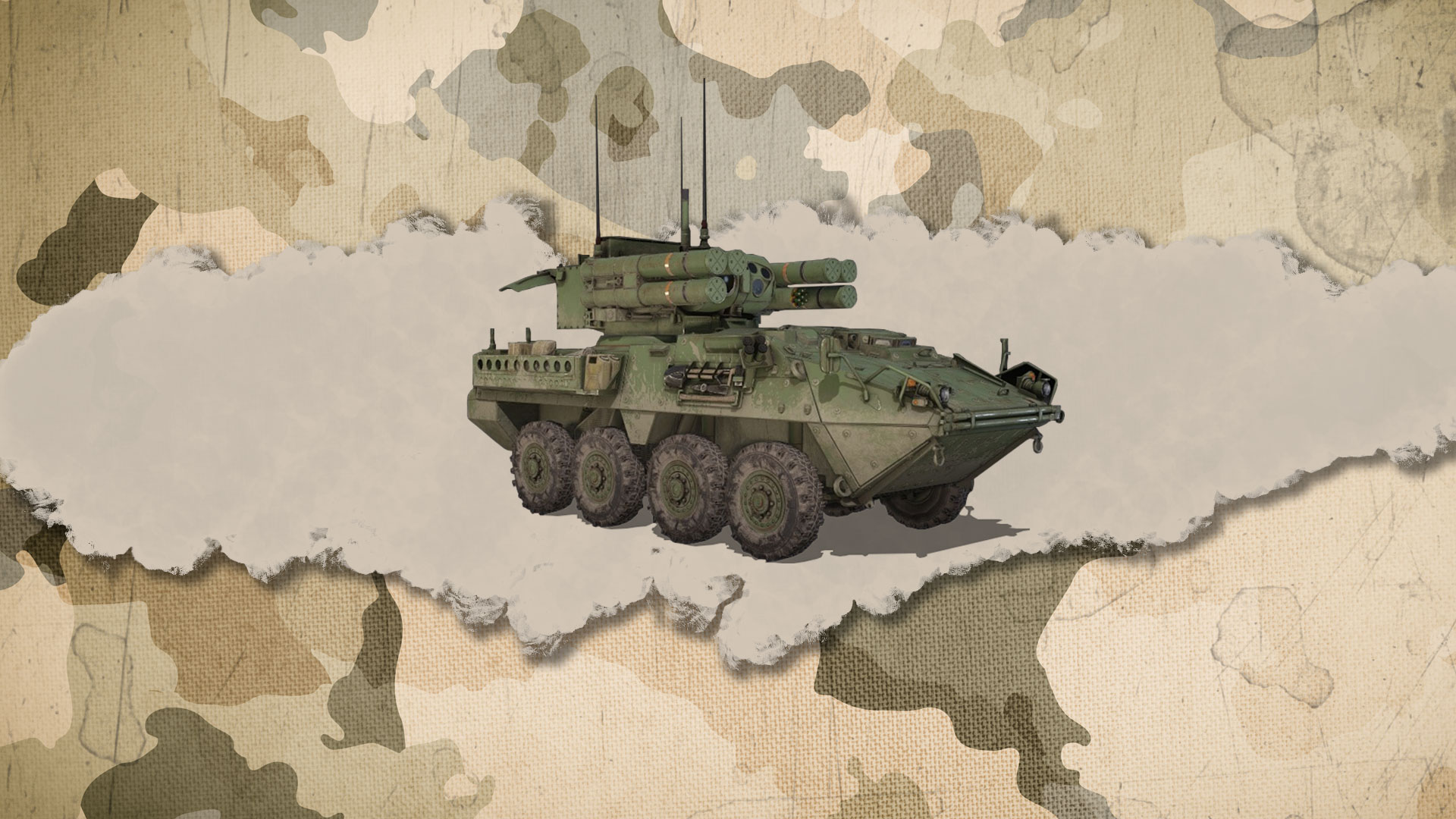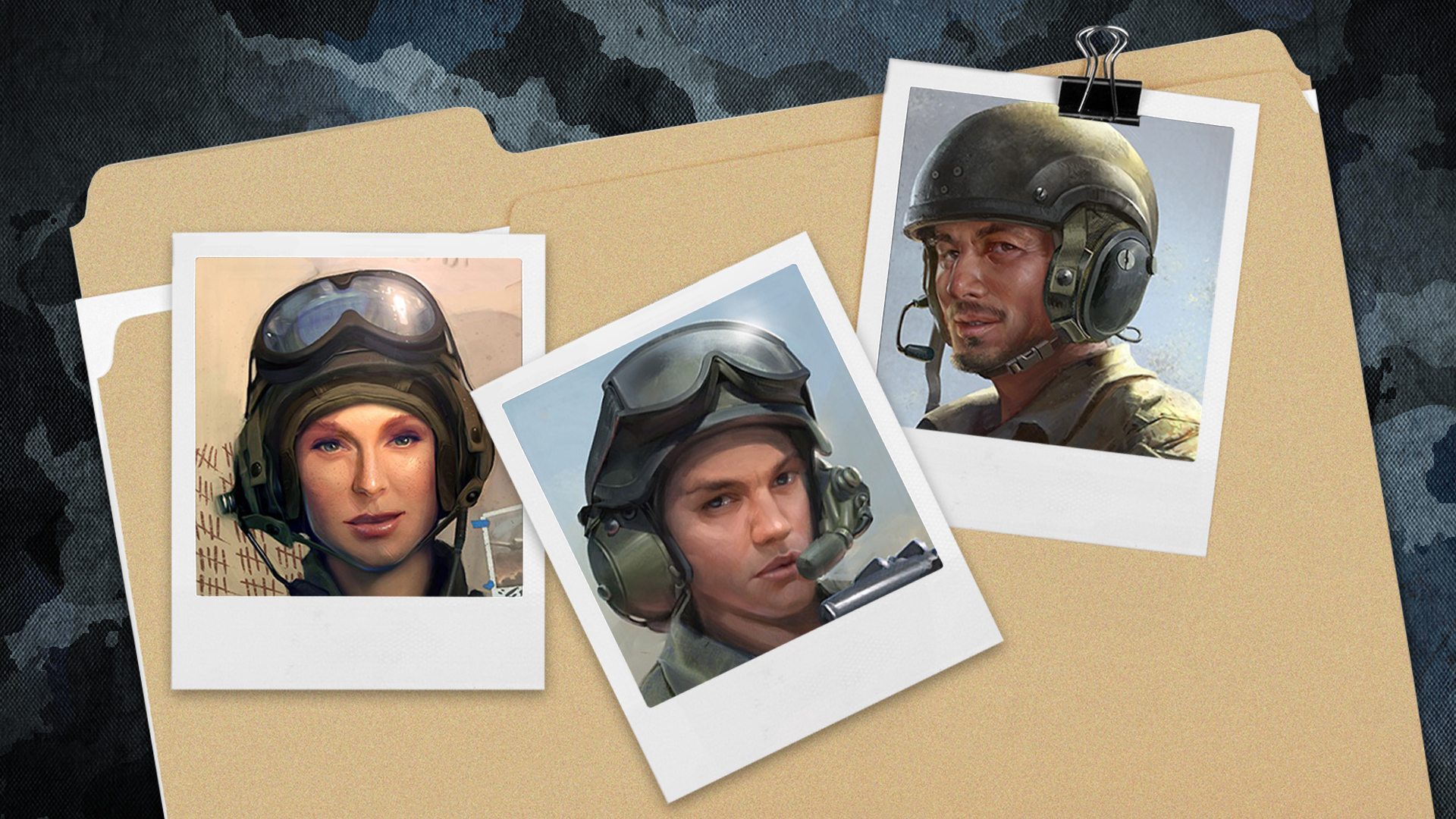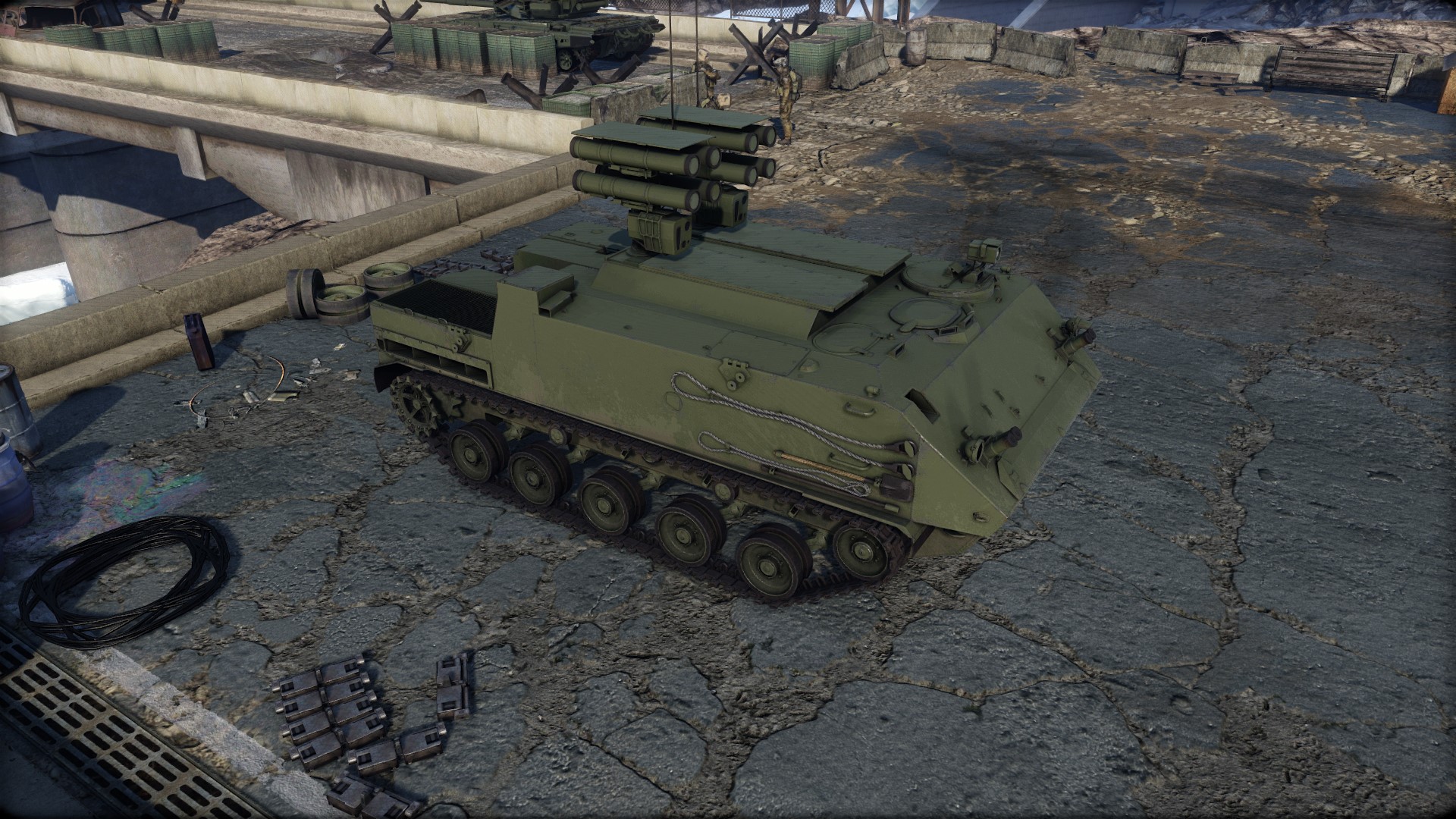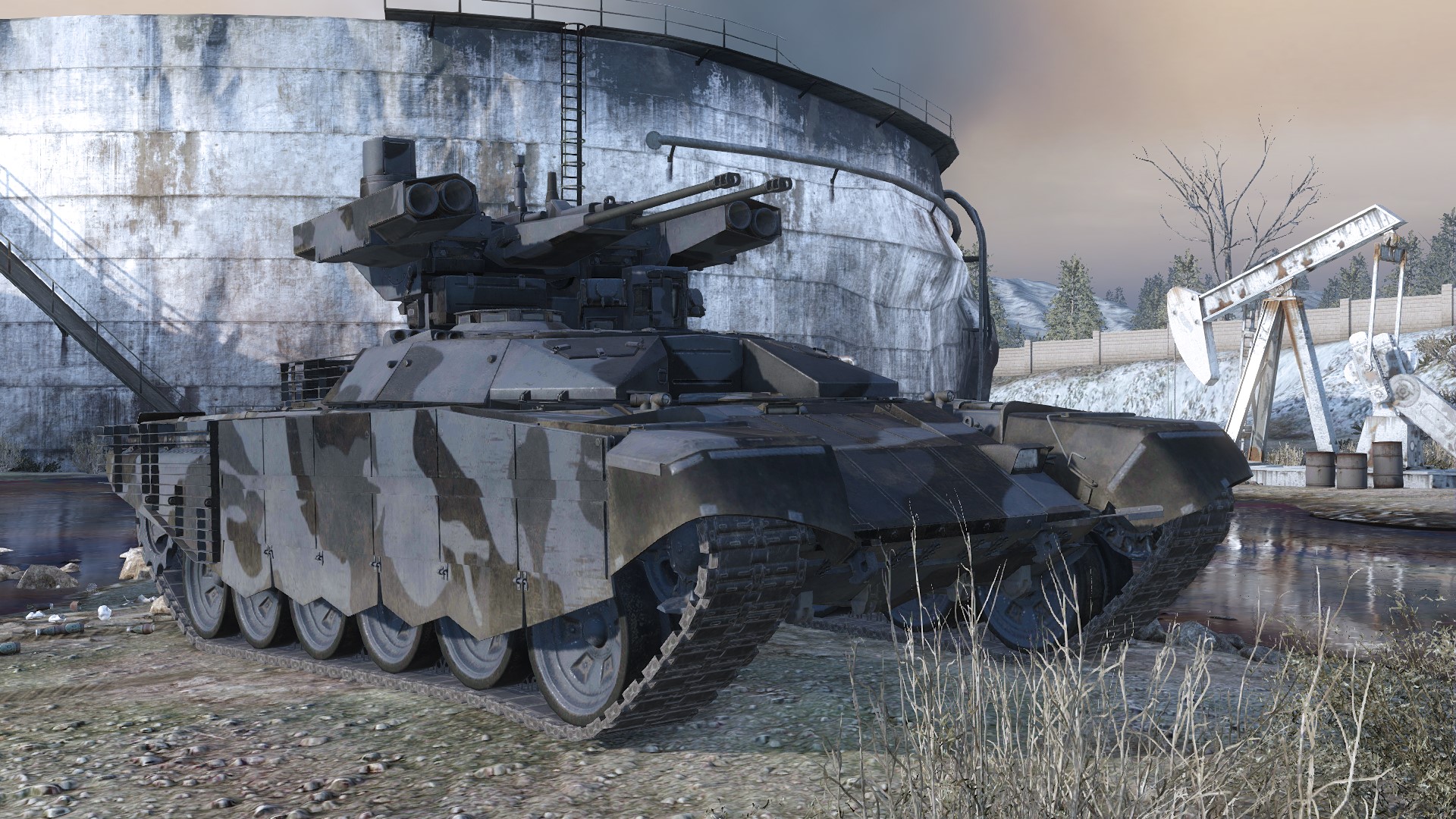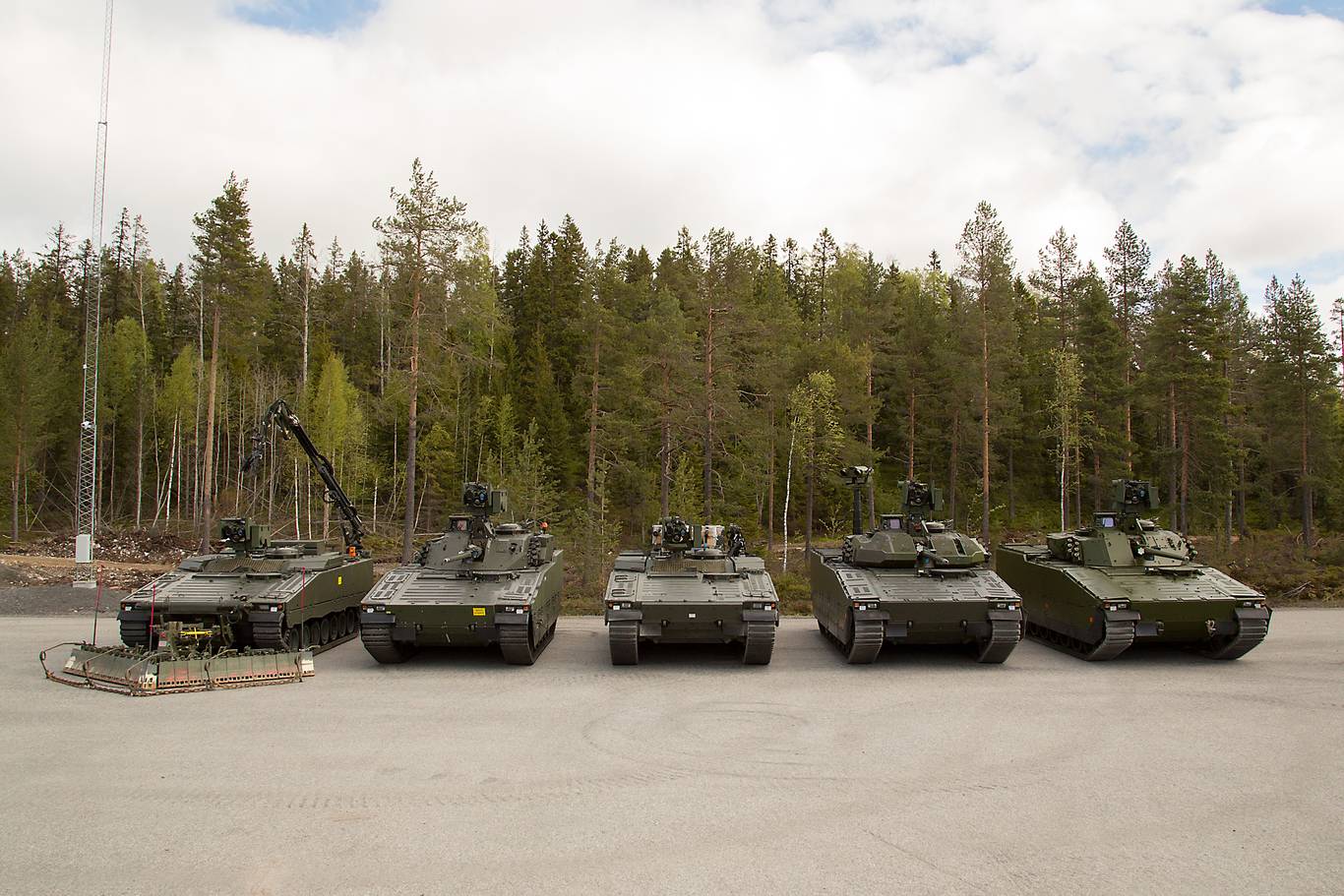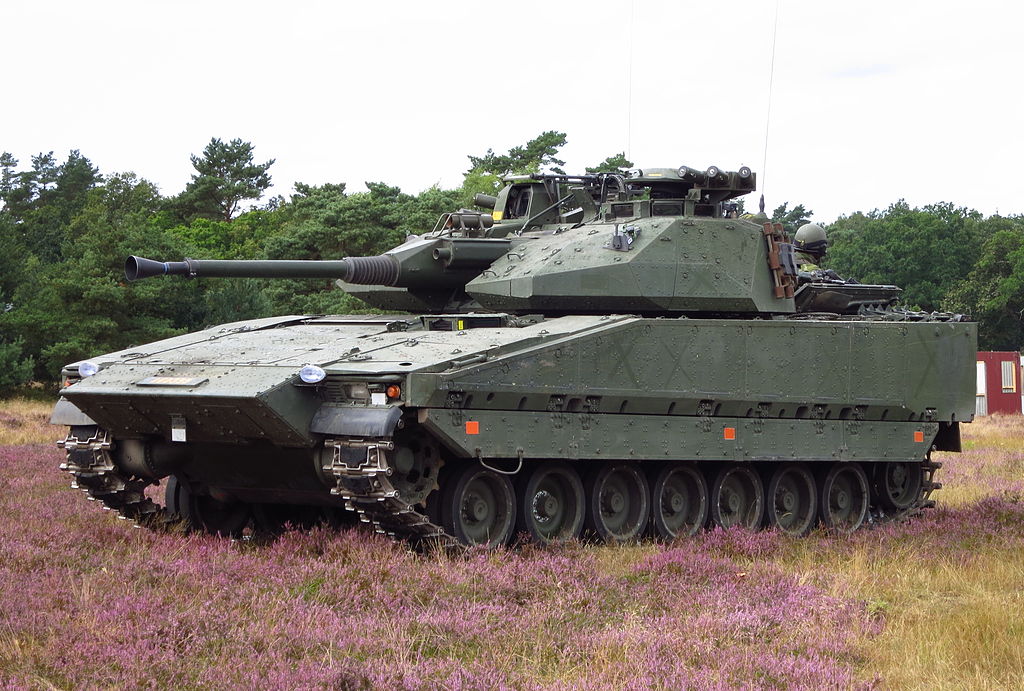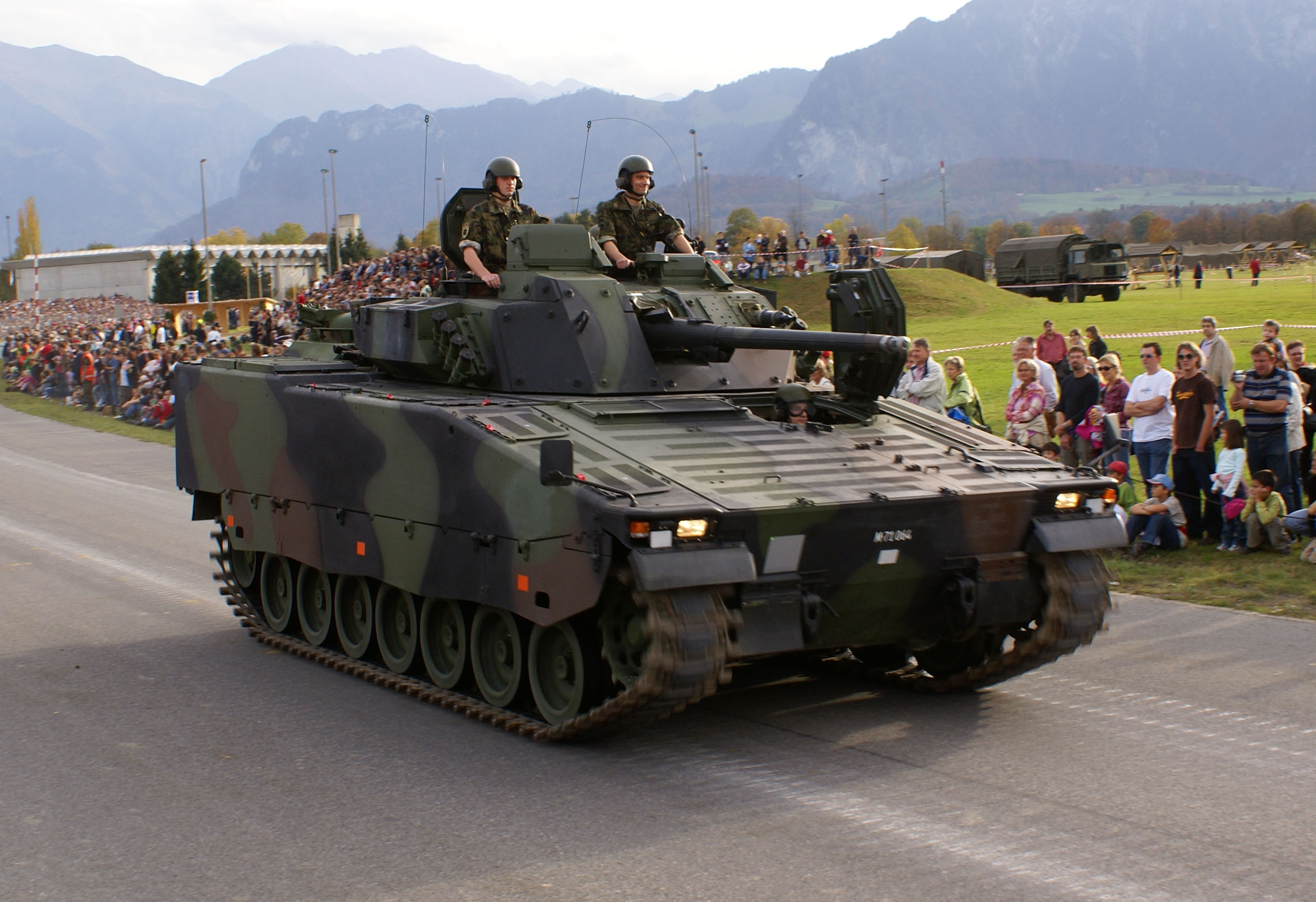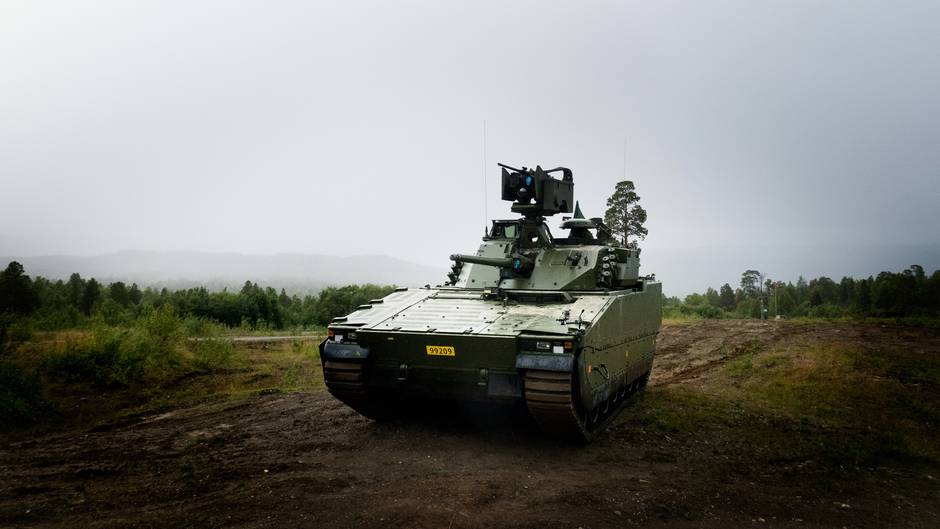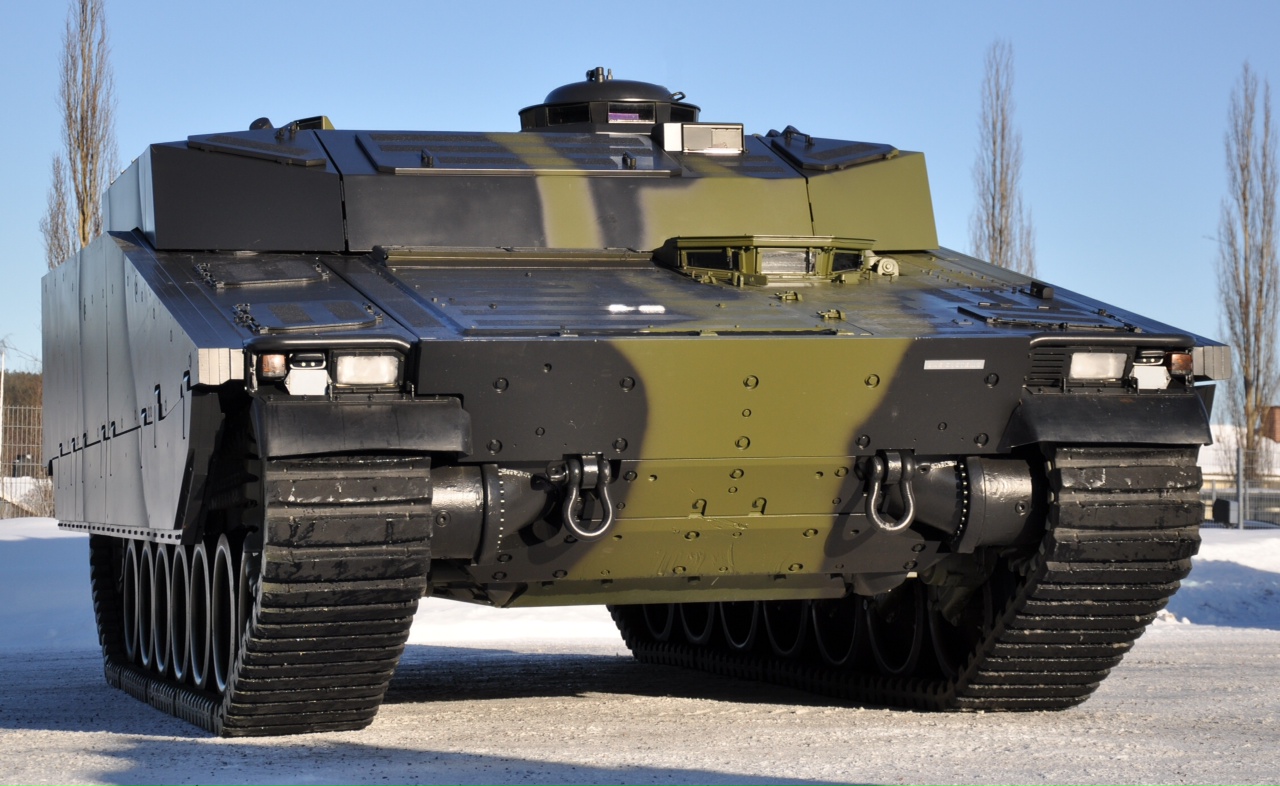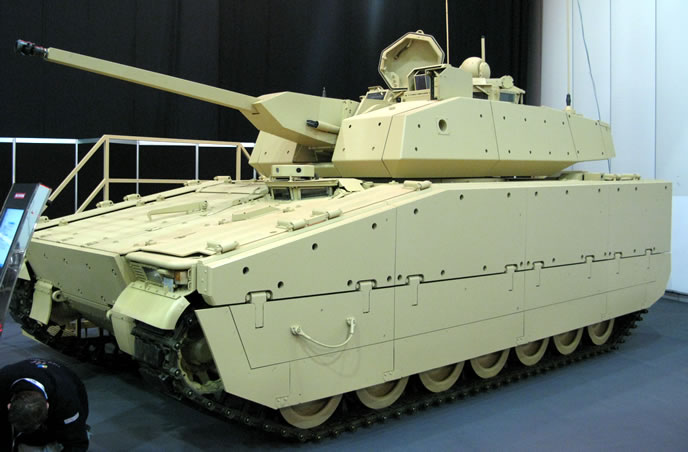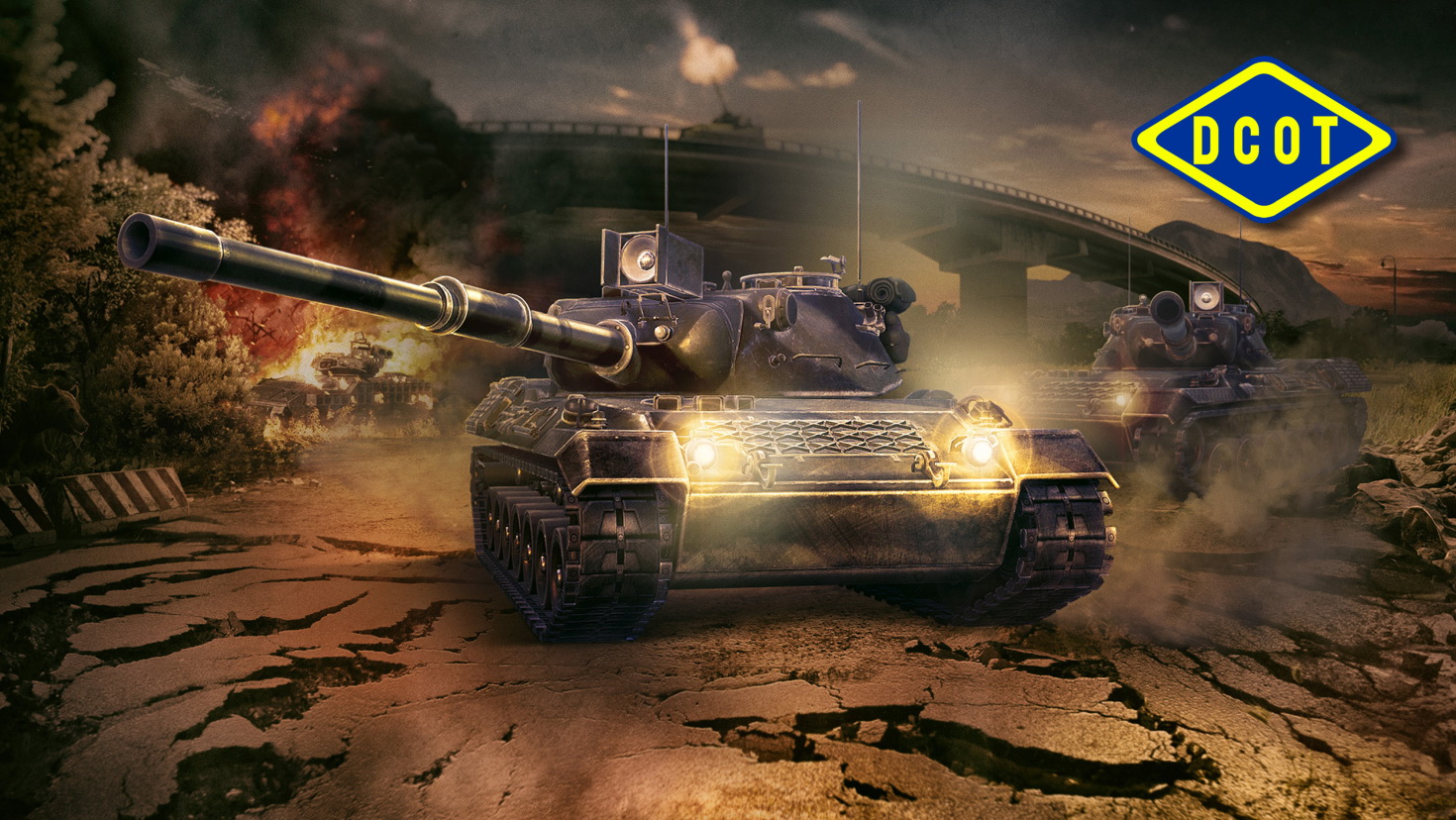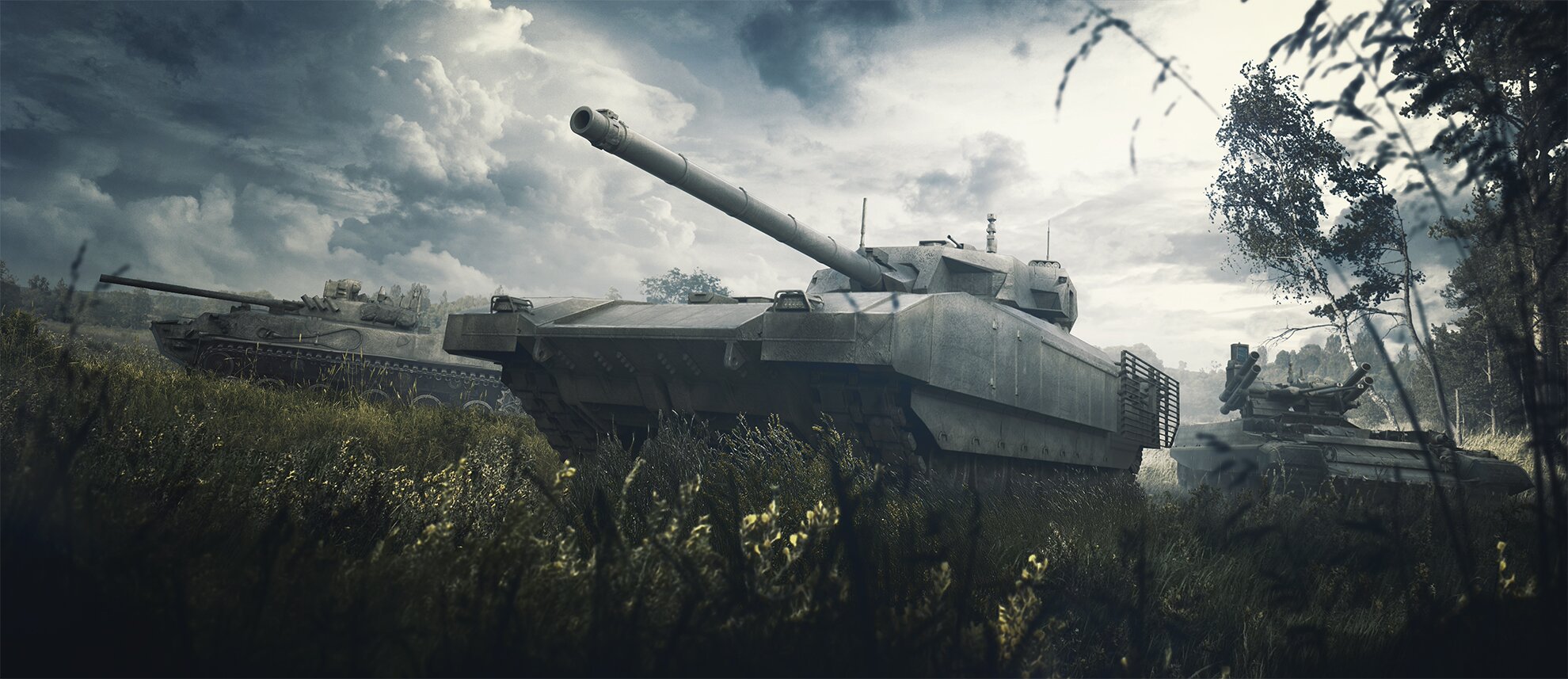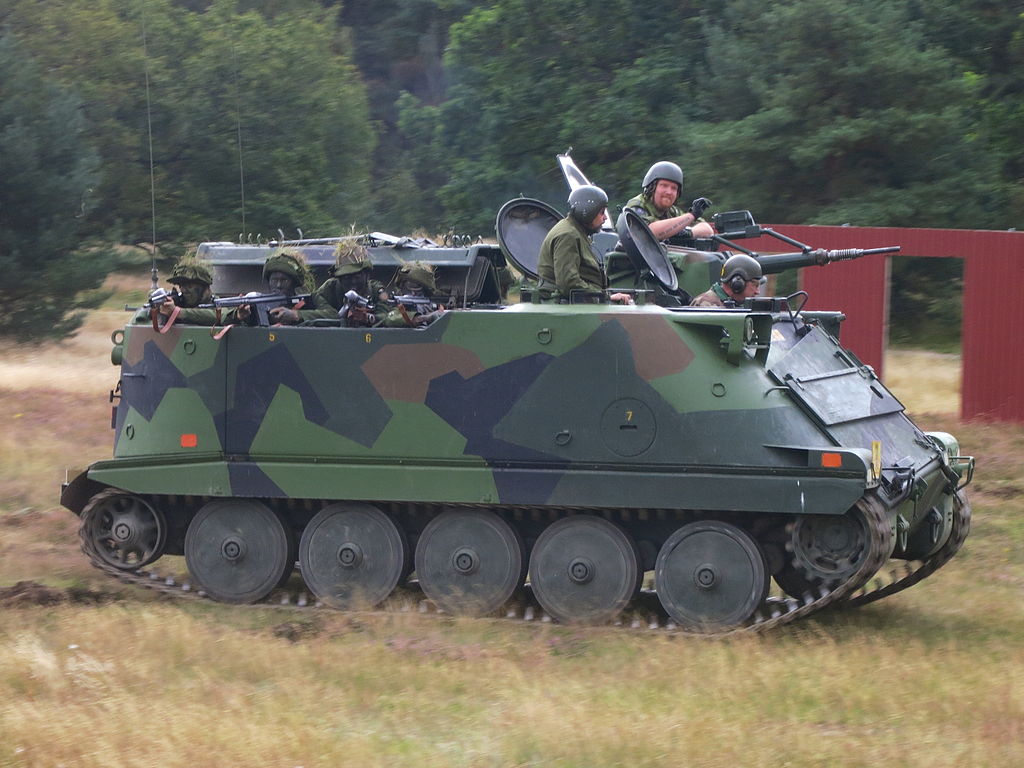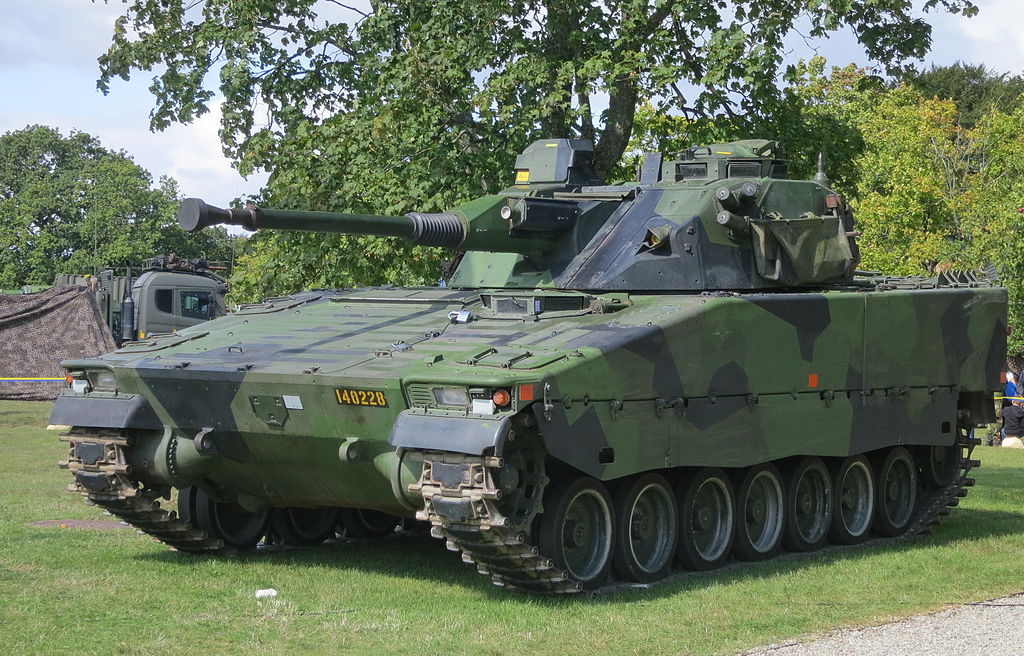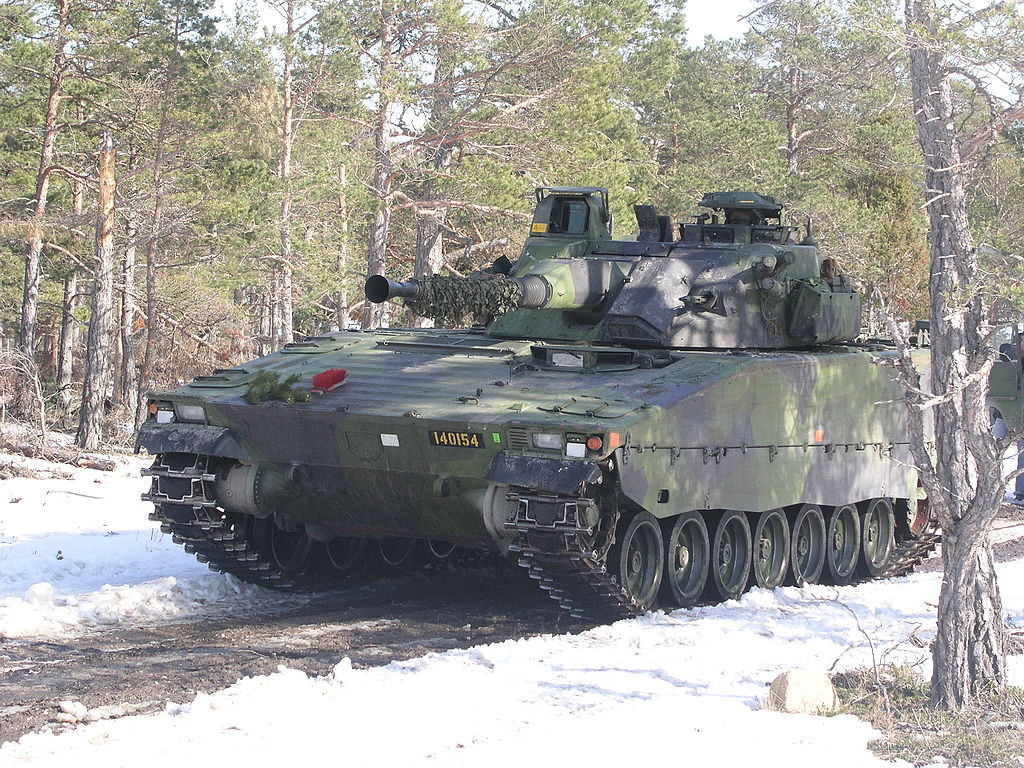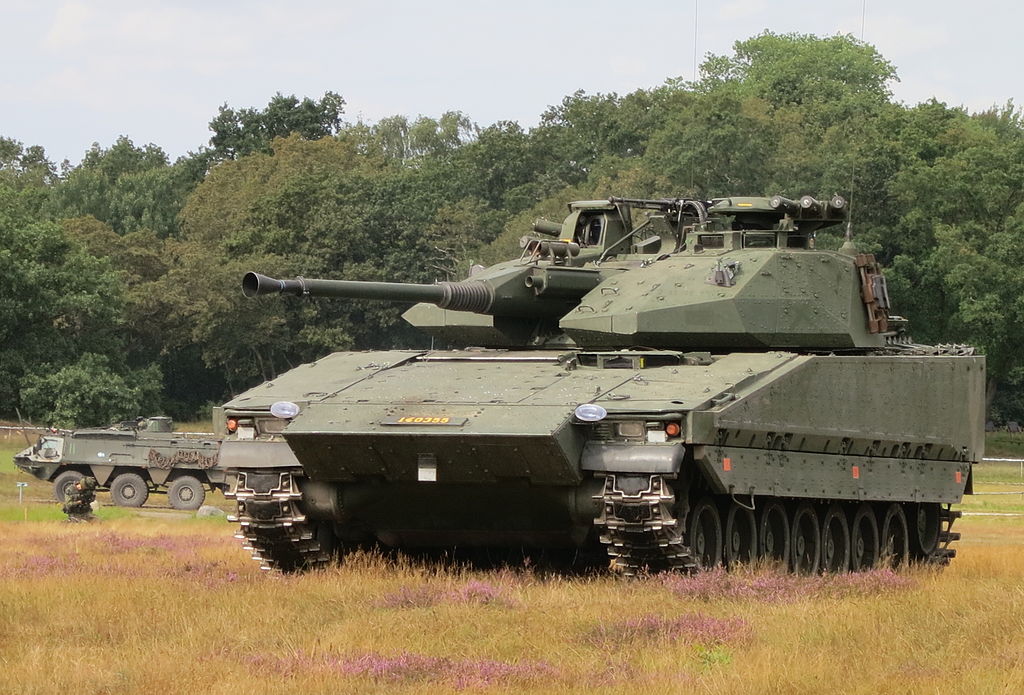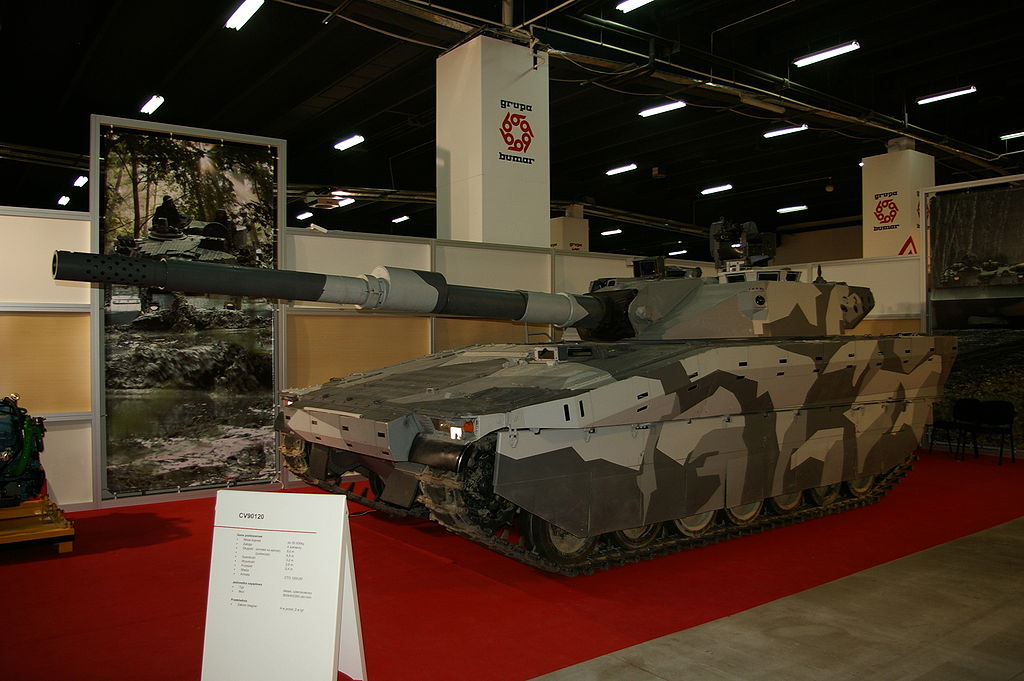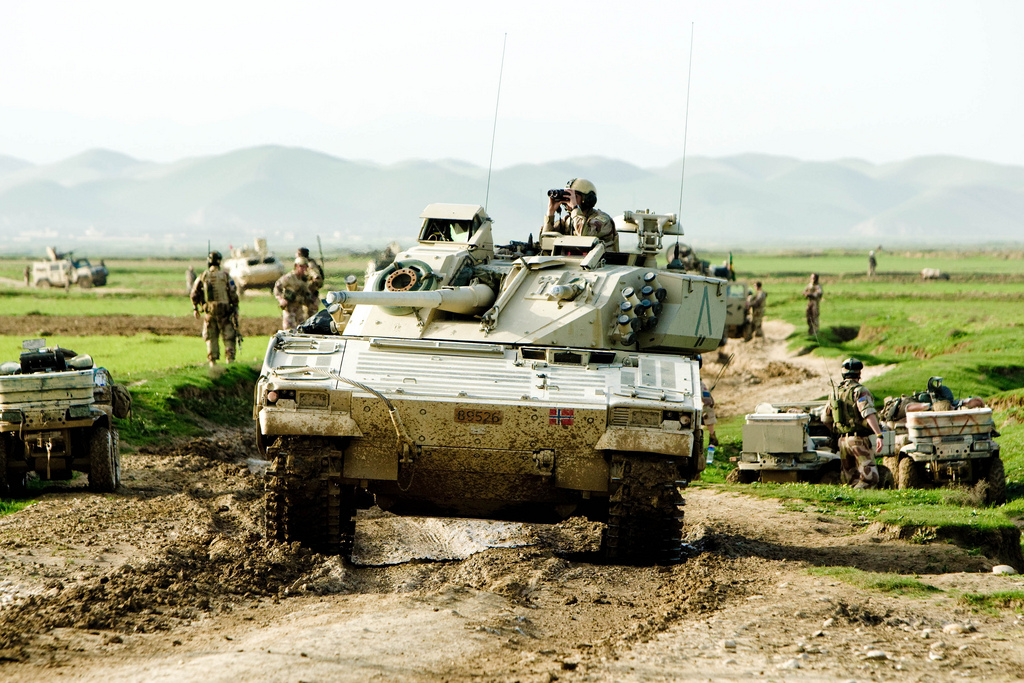
May 17, 2021
Armored Warfare - Silentstalker
Commanders!
Alisa Korhonen hails from southern Finland. She was born in Espoo (near Helsinki) in a family of a neurosurgeon and followed in her father’s footsteps by becoming doctor. When her father was lost on a humanitarian mission in the Middle East, Alisa enlisted in the ISD and went looking for him, only to have discovered him to be murdered by terrorists. Vowing revenge, she joined local tribes to battle the warlord menace.
In Armored Warfare, Alisa Korhonen has a special Basic Skill called Mysterious Stranger. Whenever a vehicle commanded by Alisa damages an enemy vehicle, there is a chance that her mysterious ally from off the map will fire a guided missile that will swoop in from above and hit the same enemy. Another very useful skill of hers is the ability to increase the amount of ammunition carried per vehicle. You can read more about her in a dedicated article.
Alisa Korhonen is now available as a part of the Commander Loot Crate:
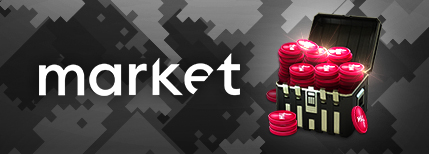
See you on the battlefield!
Alisa Korhonen hails from southern Finland. She was born in Espoo (near Helsinki) in a family of a neurosurgeon and followed in her father’s footsteps by becoming doctor. When her father was lost on a humanitarian mission in the Middle East, Alisa enlisted in the ISD and went looking for him, only to have discovered him to be murdered by terrorists. Vowing revenge, she joined local tribes to battle the warlord menace.
In Armored Warfare, Alisa Korhonen has a special Basic Skill called Mysterious Stranger. Whenever a vehicle commanded by Alisa damages an enemy vehicle, there is a chance that her mysterious ally from off the map will fire a guided missile that will swoop in from above and hit the same enemy. Another very useful skill of hers is the ability to increase the amount of ammunition carried per vehicle. You can read more about her in a dedicated article.
Alisa Korhonen is now available as a part of the Commander Loot Crate:

See you on the battlefield!





